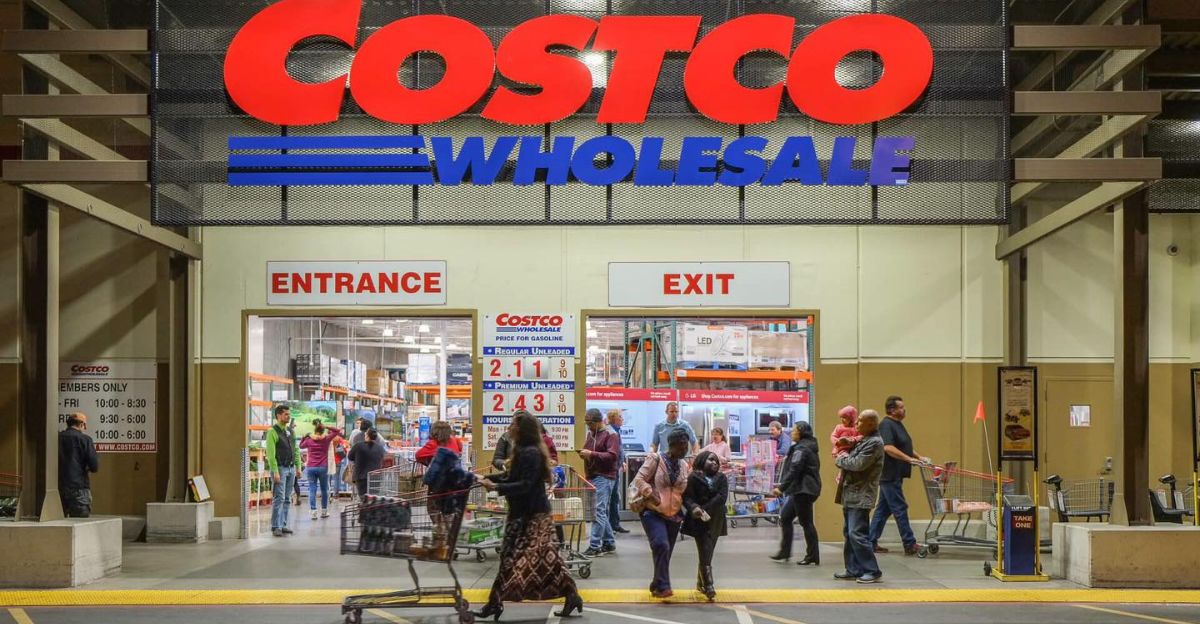
An excellent example of strategic retail defense is Costco’s response to the 2025 tariff increase. Costco is actively preventing tariff-driven price increases by combining domestic sourcing, supplier negotiations, and flexible inventory management, while many competitors are passing costs on to customers. In order to reduce exposure to tariffs, CEO Ron Vachris has made a public commitment to rerouting inventory and keeping an eye on prices “daily, if not hourly.” The outcome?
Additionally, Costco’s business strategy makes use of its distinctive membership structure, which generates a consistent flow of income that lessens the effects of outside shocks. Costco’s competitive moat is strengthened by its ability to absorb costs that others cannot.
Gaining Knowledge from Previous Trade Wars
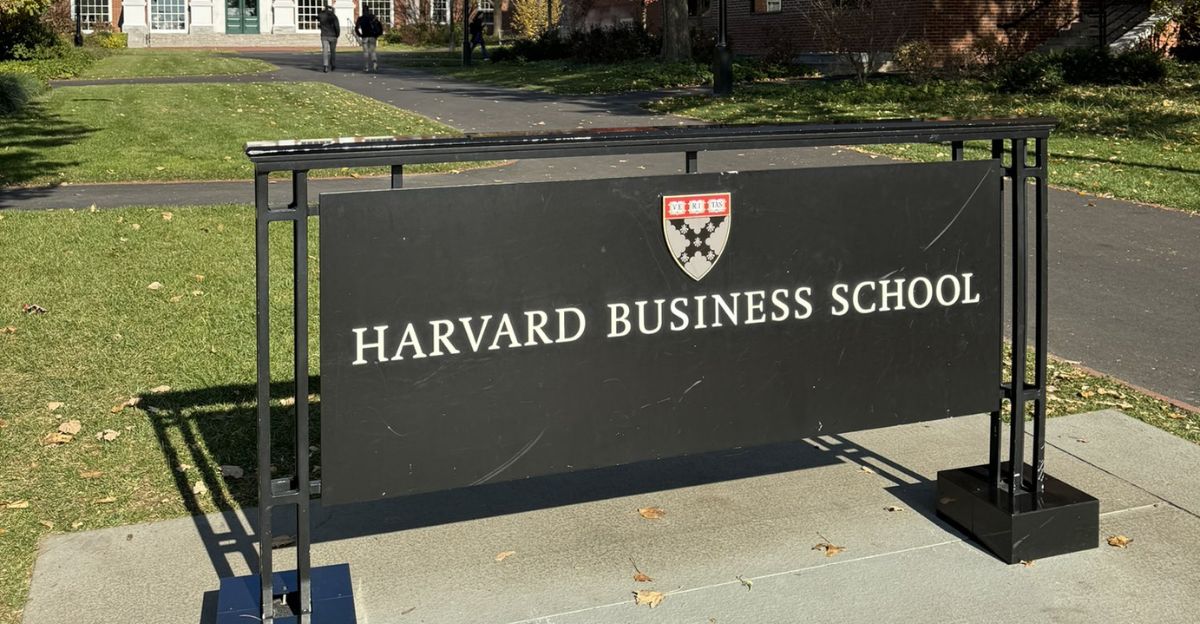
Lessons learned from the 2018–2019 trade tensions, when retailers experienced comparable tariff shocks, are incorporated into Costco’s current strategies. According to Harvard Business School research at the time, only a small number of categories saw notable price increases and most retailers limited price increases with short-term adjustment strategies like inventory front-loading and margin reductions. Costco established a precedent by being able to absorb expenses and keep steady gross margins during those times.
This background supports Costco’s recent audacious actions as sensible and successful. The historical account also shows how Costco’s strategic vision enabled it to increase its private label offerings and forge closer ties with suppliers, both of which served as vital hedges against price volatility.
Squeezing the Middle, Not the Customer, in Supplier Negotiations

Costco’s aggressive negotiating with suppliers, particularly in China, is a distinctive component of its strategy. To counteract tariff pressures, Costco is requesting price reductions from suppliers rather than absorbing higher costs. In addition to maintaining shelf prices, this strategy makes use of Costco’s size to generate economies of scale and uphold supplier relationships. Costco is positioned as a price-setter rather than a price-taker, even though this may cause tension in some supplier relationships and increase supply chain risks.
The conventional supplier-retailer power dynamic is also upset by this strategy, which forces suppliers to develop new cost structures or risk losing access to Costco’s sizable customer base. Additionally, rather than engaging in hostile price wars, Costco’s openness with suppliers regarding long-term partnership goals encourages cooperative cost-cutting initiatives.
Private Label as a Strategic Tool: Kirkland Signature
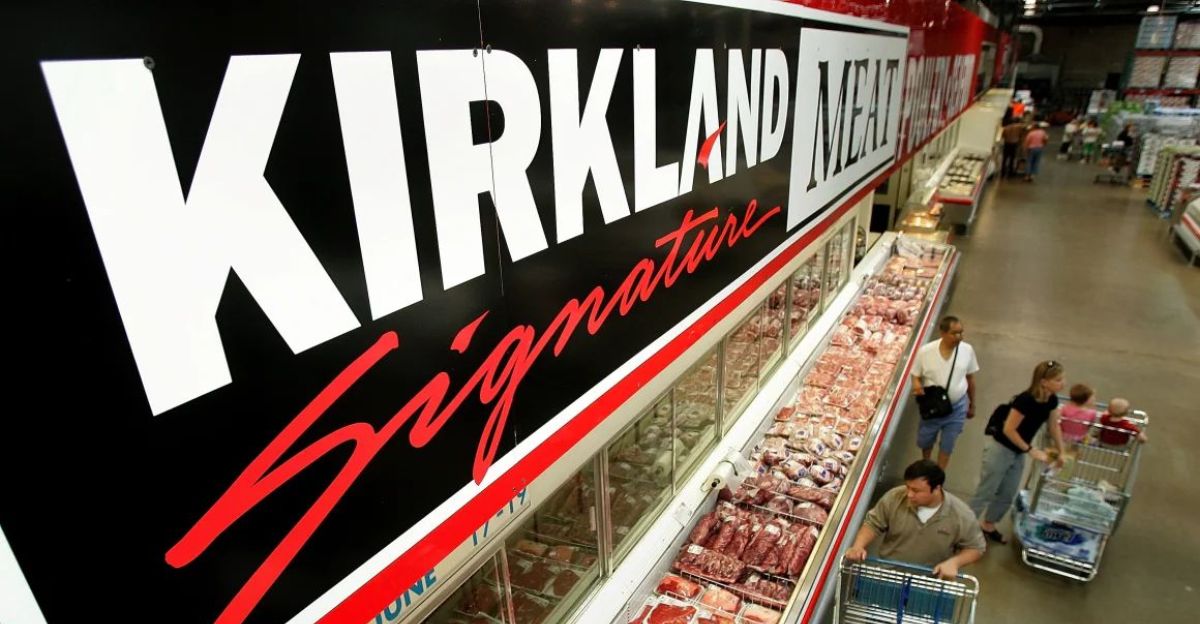
More than just a private label, Costco’s Kirkland Signature brand serves as a tactical buffer against fluctuations in tariffs. Costco can avoid tariffed supply chains and keep prices low by moving more Kirkland sourcing to areas where products are sold. Costco simply switches to Kirkland alternatives, frequently at lower prices and with higher margins, if tariffs make national brands too expensive.
In addition, strict quality control and supplier relationships that meet or surpass national brand standards are key components of Kirkland’s success, as they reassure customers that cheaper costs do not equate to inferior quality. Costco is able to quickly expand Kirkland products in the tariff-affected categories thanks to this strategy, which successfully transforms tariffs into a competitive advantage.
Redirecting the Supply Chain through Domestic Sourcing

Costco’s quick switch to American-made goods is a direct reaction to rising tariffs. Costco lessens its exposure to import taxes by purchasing more products made in the country and shifting inventory away from channels subject to tariffs. In addition to preserving price stability, this promotes domestic manufacturing, which appeals to both lawmakers and patriotic consumers.
This change is also consistent with broader macroeconomic trends that support supply chain resilience after the pandemic and nearshoring. Few retailers have the same level of supply chain flexibility as Costco, which is demonstrated by its ability to swiftly find and onboard domestic suppliers while preserving quality and volume.
Margin Sacrifice
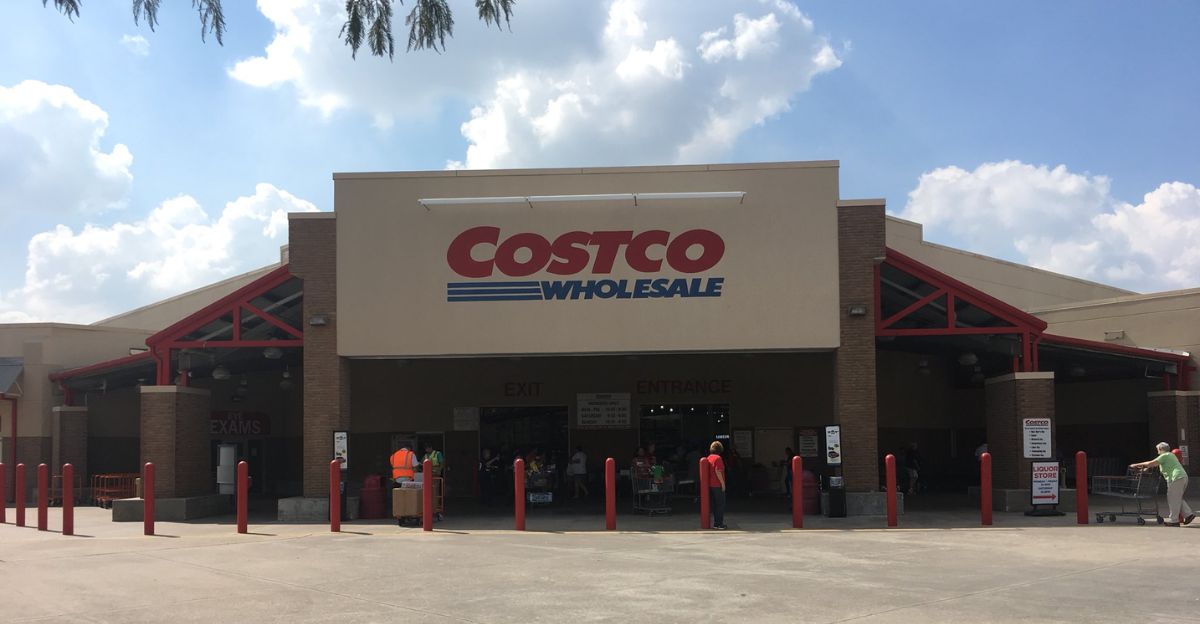
To foster loyalty, endure pain. Costco is prepared to take smaller margins in order to maintain low prices, which goes against the general belief that costs should be passed on to customers. Despite high tariffs, Harvard research reveals that most retailers have only slightly raised prices through trade diversion and margin reductions. Costco has a distinct buffer thanks to its low-margin, membership-driven business model, which permits temporary concessions in exchange for enduring loyalty.
Additionally, this tactic puts pressure on rivals who aren’t as financially stable as Costco, possibly causing them to increase prices and lose market share. Costco’s willingness to absorb expenses over time strengthens its position as the value leader and feeds the positive feedback loop of supplier leverage, membership growth, and operational efficiency.
The Hidden Shield: The Membership Model
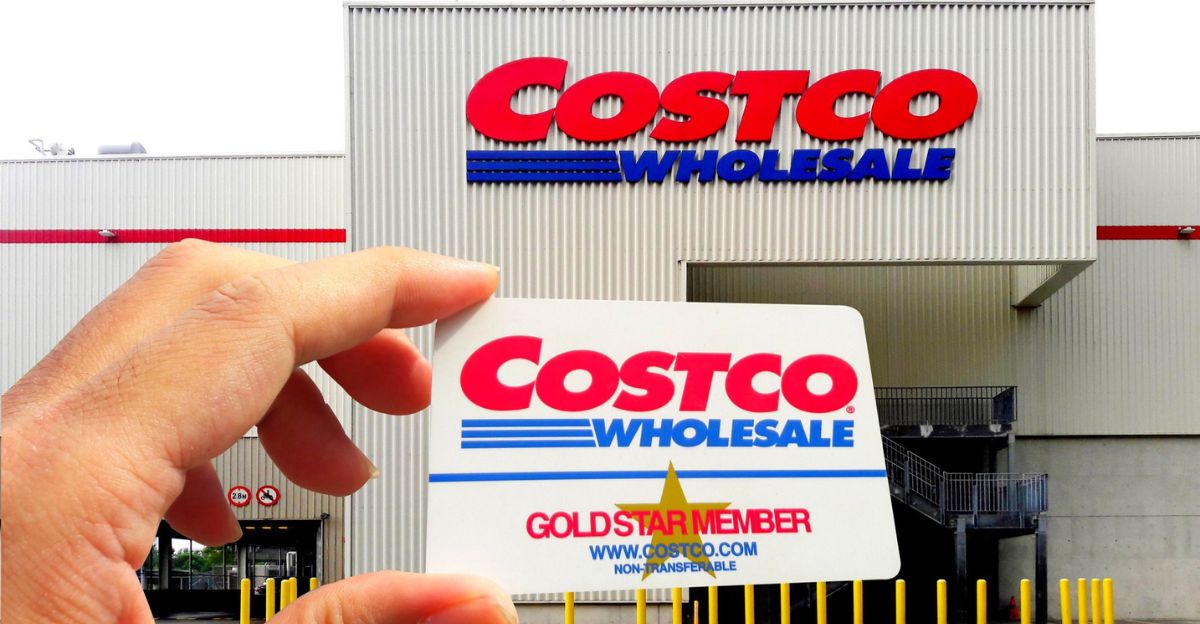
The unsung hero of Costco’s tariff strategy is its membership model. Costco has a steady revenue stream that protects against outside shocks, with renewal rates above 90% even during inflationary times. This enables the business to prioritize value delivery over maximizing short-term profits. Members of Costco grow even more “choiceful” and value-driven as tariffs threaten to tighten household budgets, strengthening their brand loyalty.
Additionally, Costco receives steady cash flow from this recurring revenue stream, enabling it to make calculated investments in pricing technology and supply chain innovation. A community of involved customers is also produced by the membership model, who view Costco as a partner in value preservation as opposed to a transactional retailer.
Effects of Second Order on Market Share Grab and Disruption of the Industry
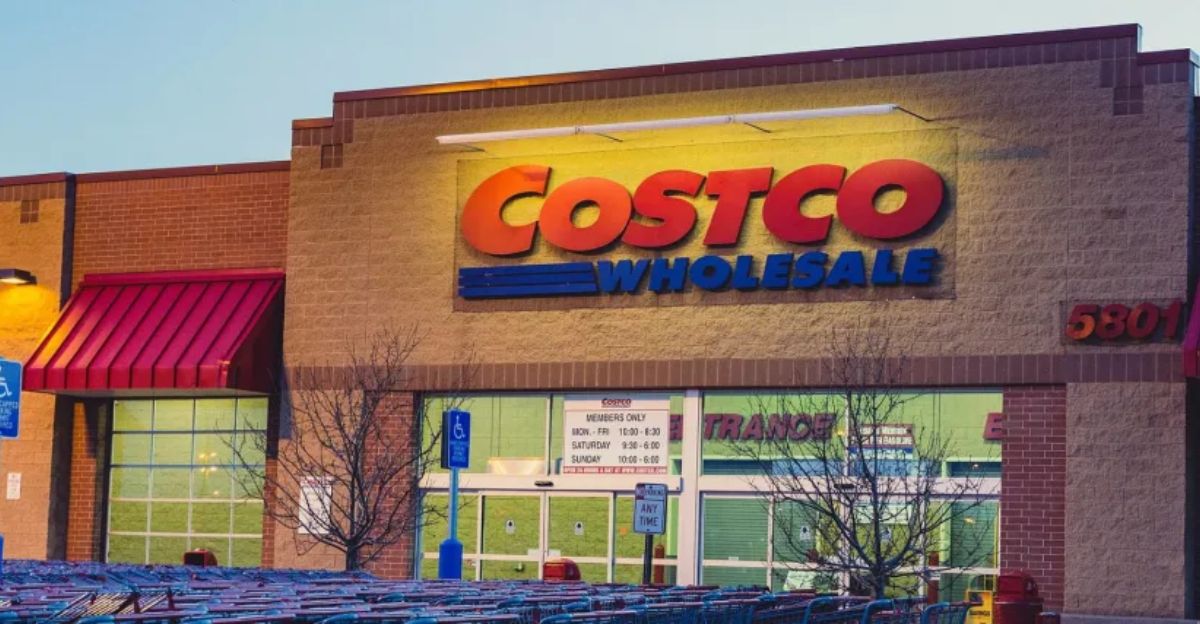
Costco is being aggressively opportunistic in its refusal to pass on tariff costs, not just defensive. Because of its consistent pricing, Costco is able to draw in price-conscious customers and increase its market share as rivals raise their prices. Costco may become the leading force in value retail and private label innovation, which could have a long-term impact on the retail industry.
The retail industry, where only the most nimble and scale-efficient players survive, may consolidate as a result of this disruption. Therefore, Costco’s audacious tariff strategy has repercussions that go well beyond short-term price stability and could change the landscape of retail competition for years to come.
Is It Possible for Tariffs to Help Costco?
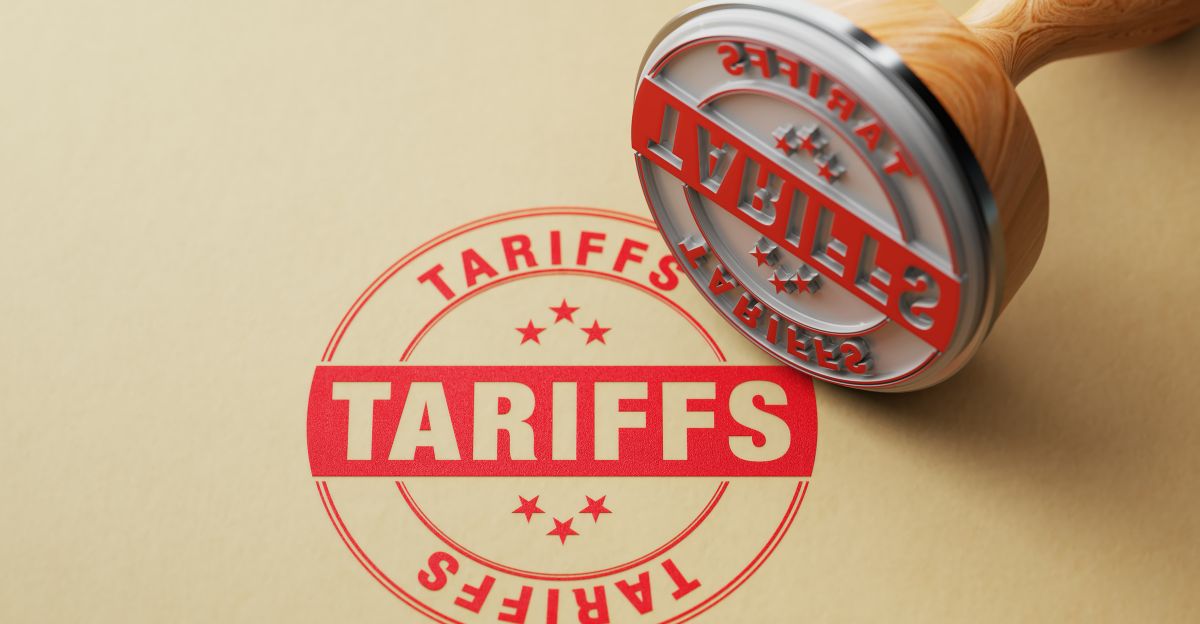
Here’s an interesting perspective: tariffs, which are usually viewed as a threat, may end up helping Costco. Tariffs create an environment where only the most efficient, disciplined players thrive by forcing a shakeout among less agile competitors. Because of its size, reputation, and operational prowess, Costco is well-positioned to not only weather this disruption but thrive on it.
Furthermore, Costco’s focus on domestic sourcing and private labels may encourage more widespread industry changes toward supply chain sovereignty and self-reliance. Tariffs may act as a forcing function that speeds up Costco’s transformation into a more resilient, vertically integrated, and dominant retail powerhouse, redefining the future of global retail even though it imposes short-term costs.
Retail Resilience’s Future
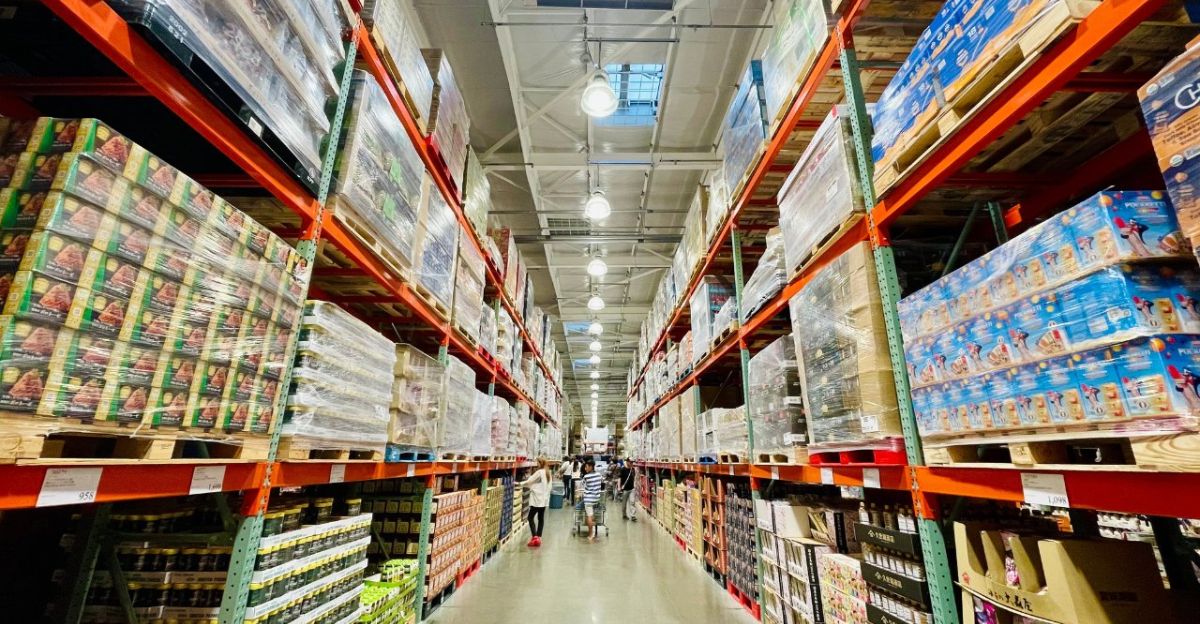
More than just strategic moves, Costco’s audacious actions to stop tariff price increases mark a fundamental change in retail strategy. In a time of global uncertainty, Costco is rewriting the rules of price defense by combining margin sacrifice, domestic sourcing, supplier pressure, and a fortress-like membership model.
This tactic also emphasizes how crucial it is to incorporate psychological insights into pricing and loyalty management, showing that customer trust is just as important as operational effectiveness. In the end, Costco’s strategy forces retailers to reconsider their presumptions regarding supply chain rigidity, cost pass-through, and competitive dynamics.
Discover more trending stories and Follow us to keep inspiration flowing to your feed!

Craving more home and lifestyle inspiration? Hit Follow to keep the creativity flowing, and let us know your thoughts in the comments below!
